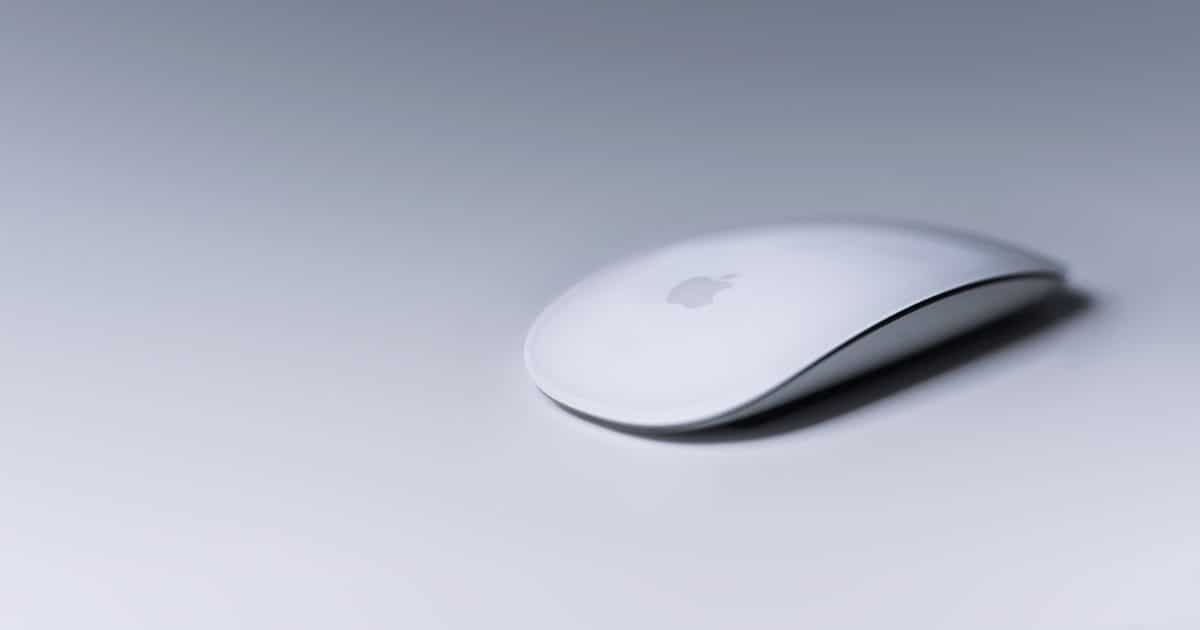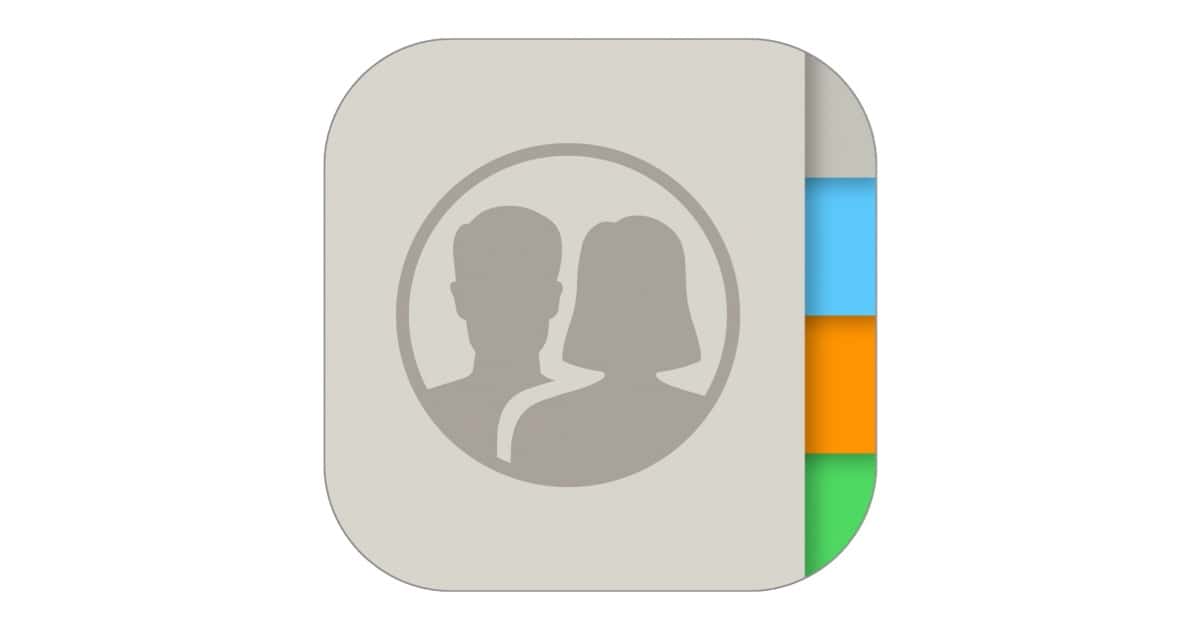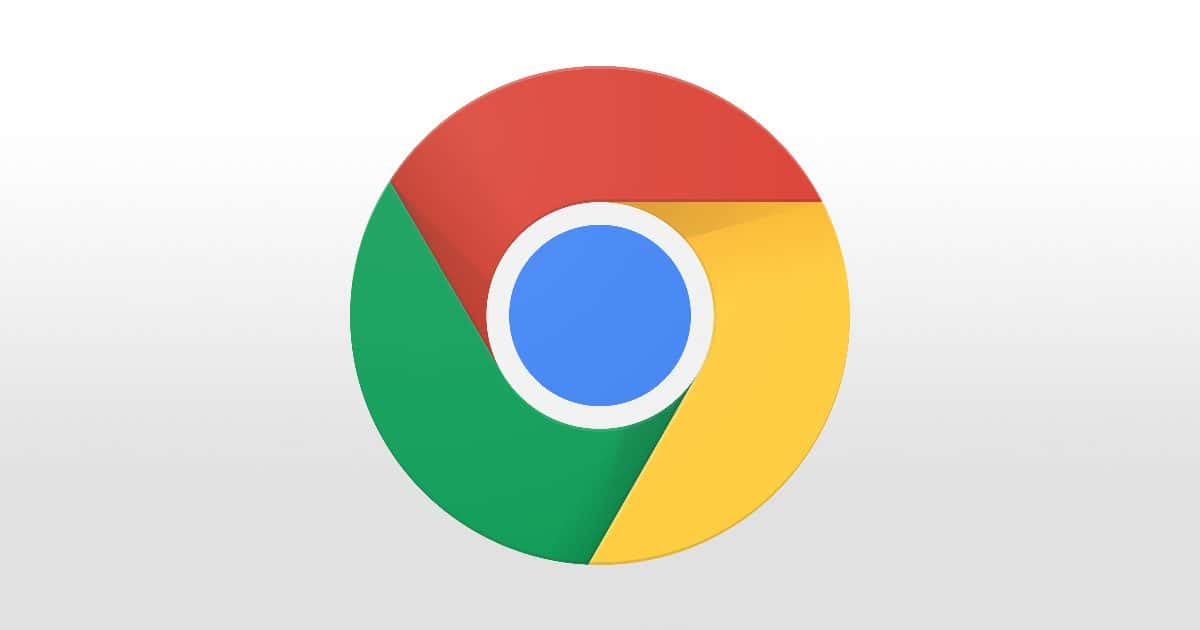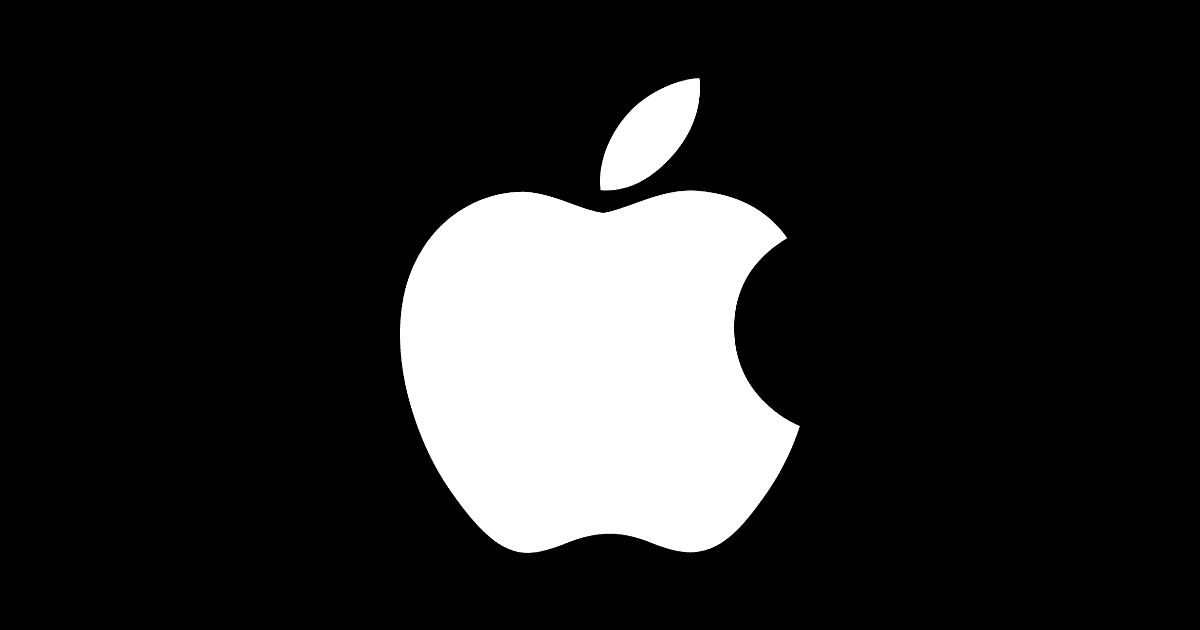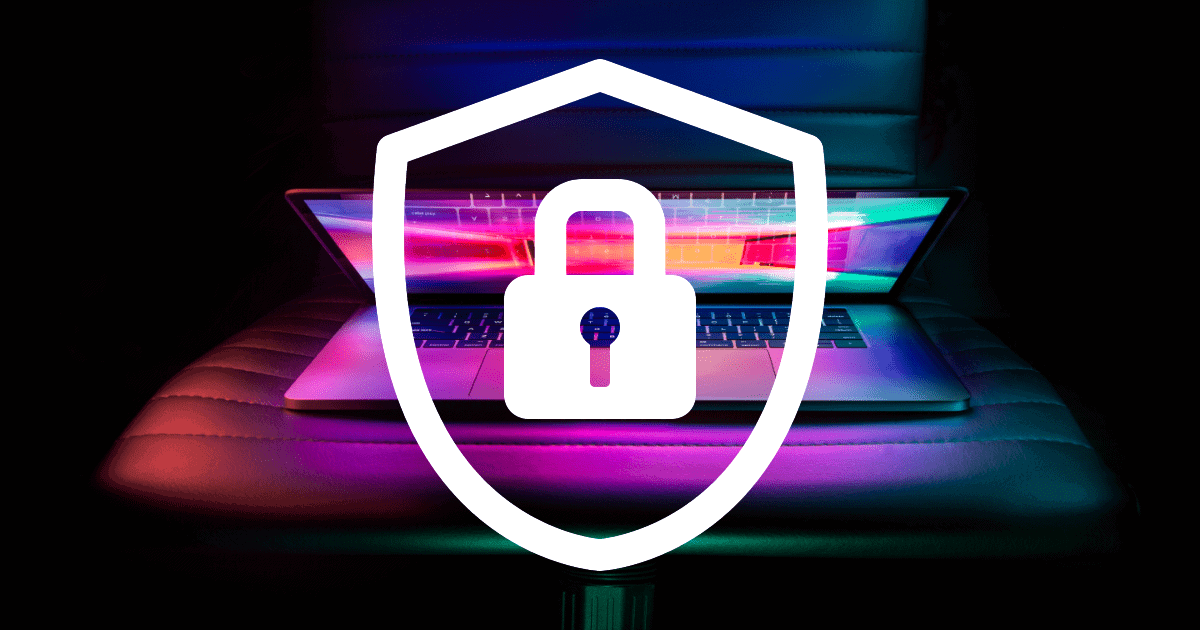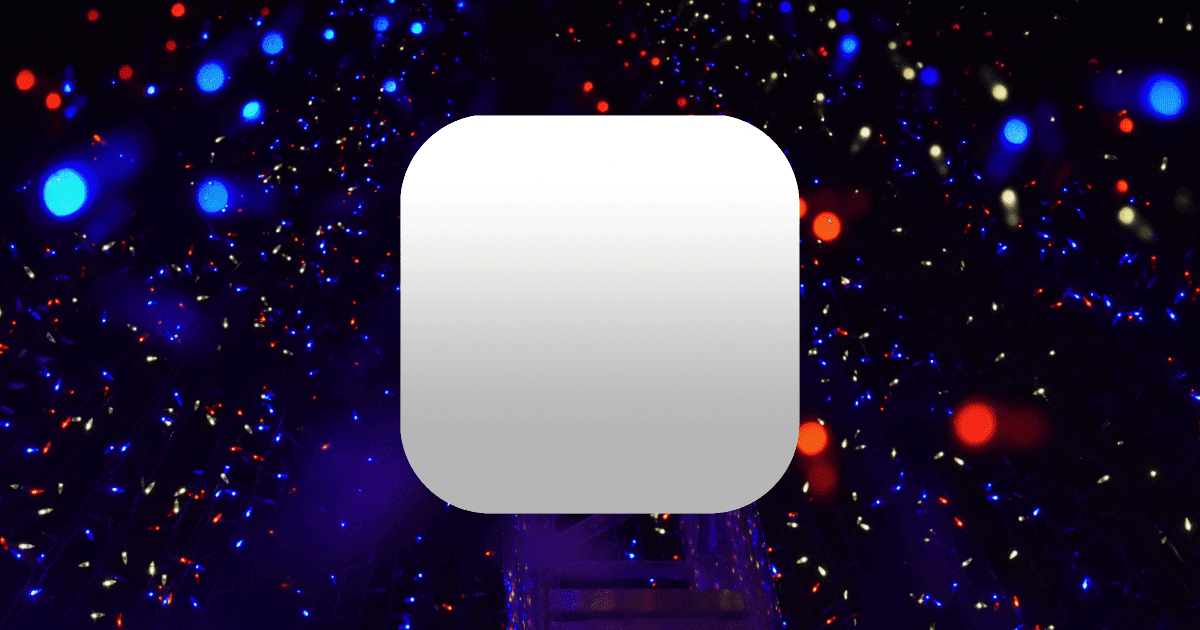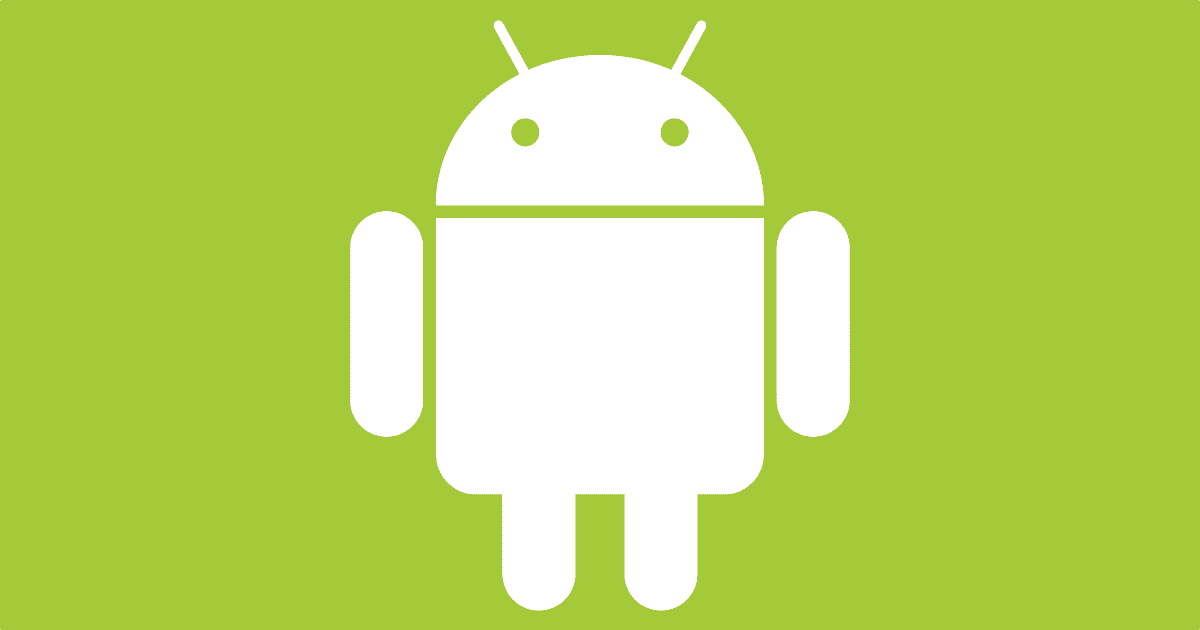In the latest issue of Macworld, Jason Cross writes how USB4 could affect iOS products like the iPad.
Simply put, it makes it easier for its iOS devices, Apple TV, and every other product without an Intel chip inside to support all the features of Thunderbolt 3…a future iPad Pro’s USB-C port could be USB4-compatible and hook up to all sorts of monitors, including the Thunderbolt 3 monitor you may have.
This is part of Andrew’s News+ series, where he shares a magazine every Friday to help people discover good content in Apple News+.

